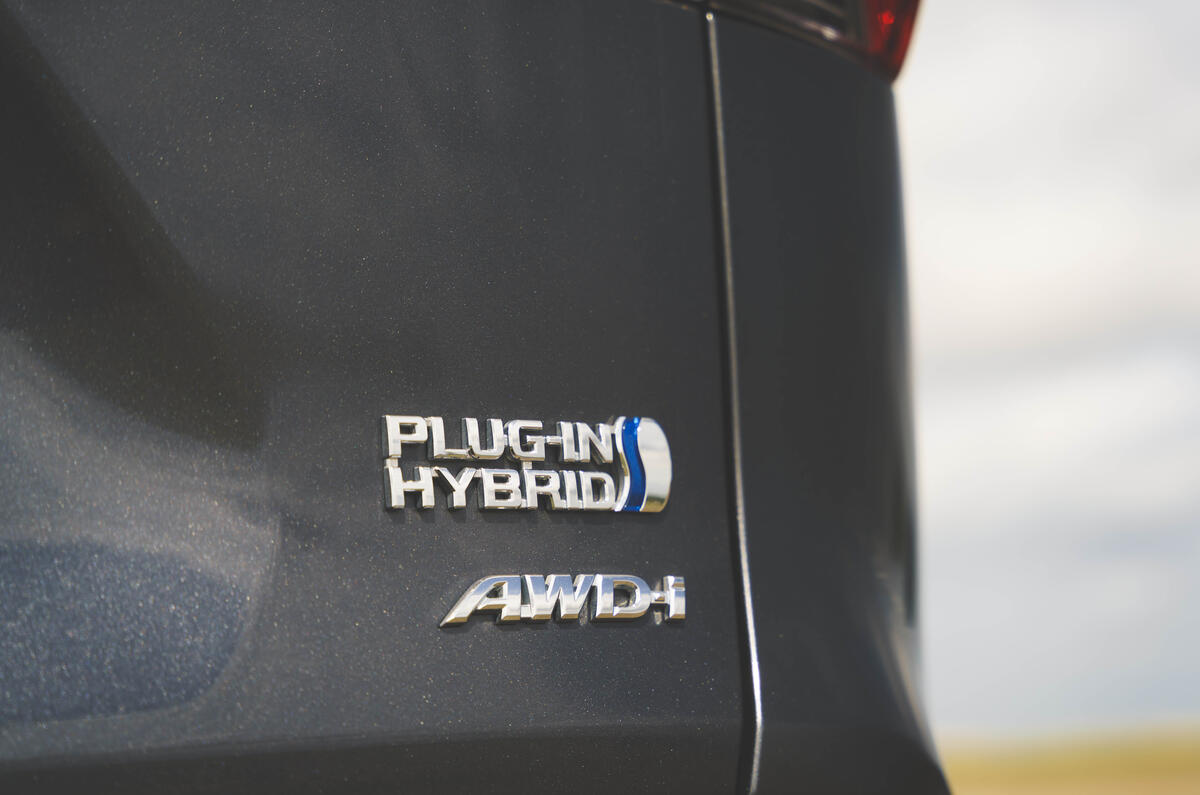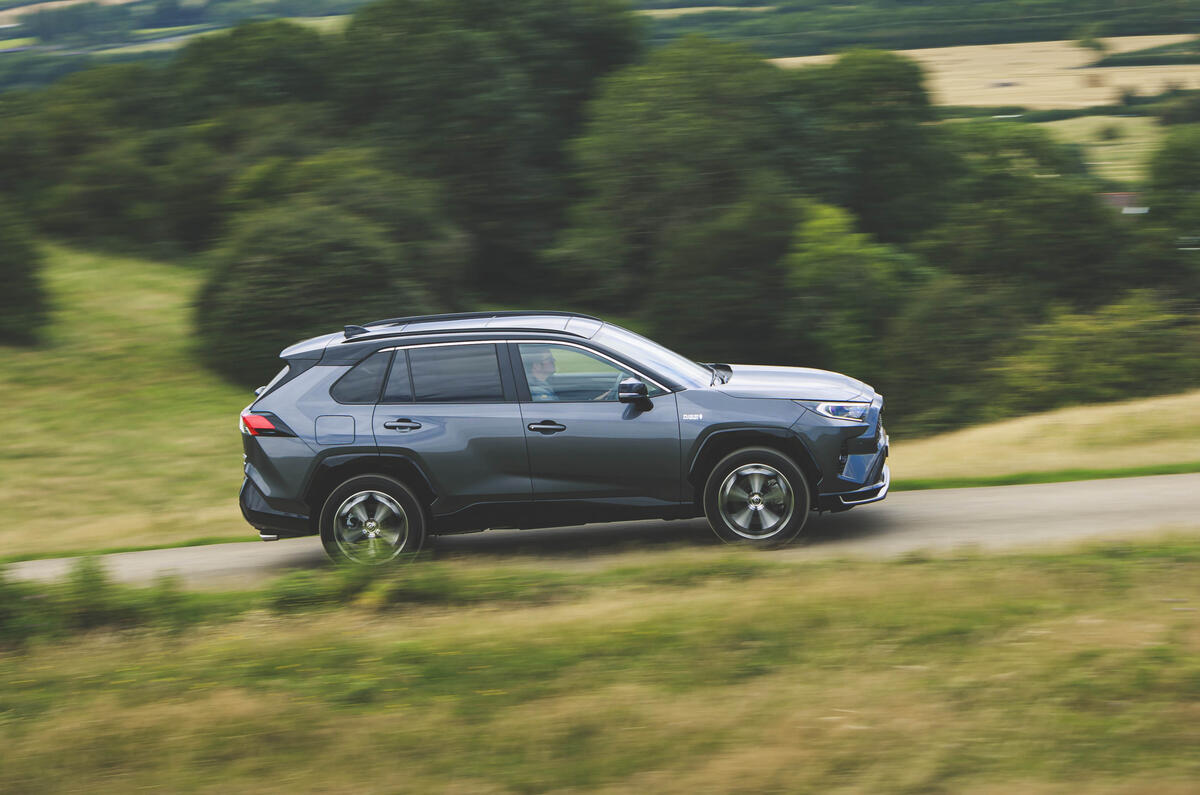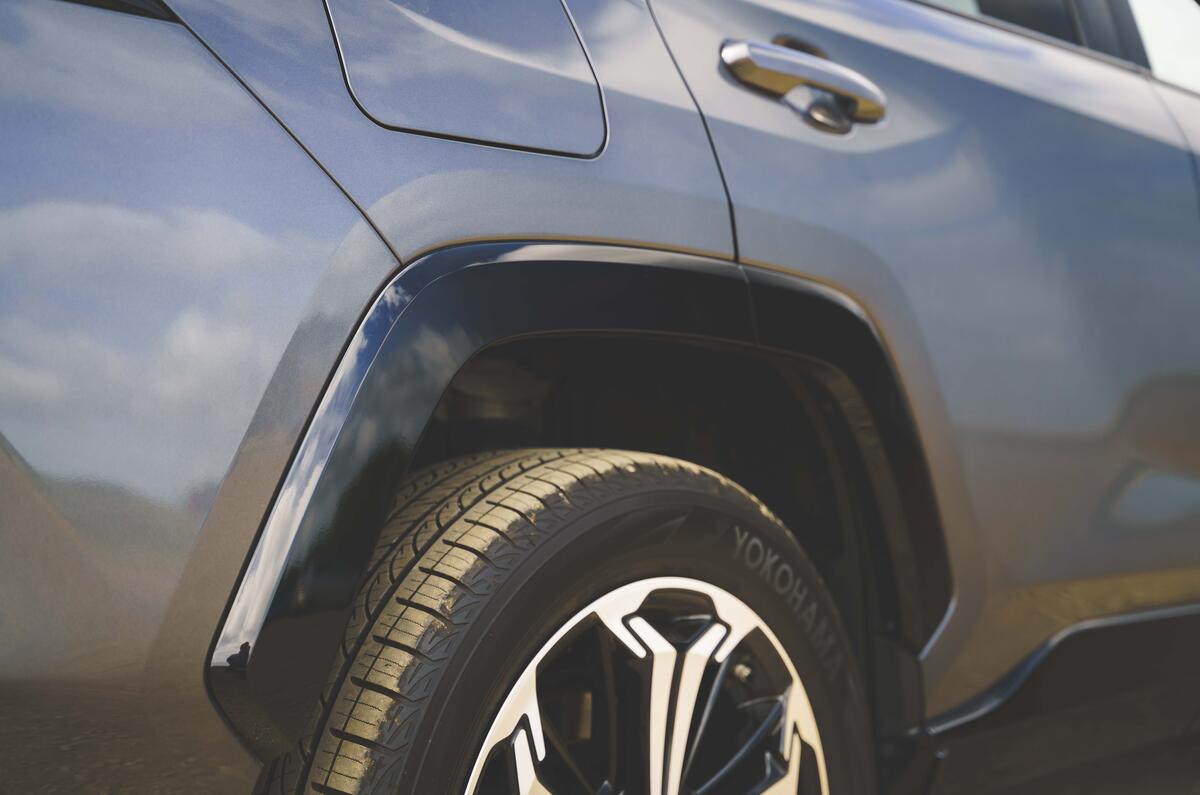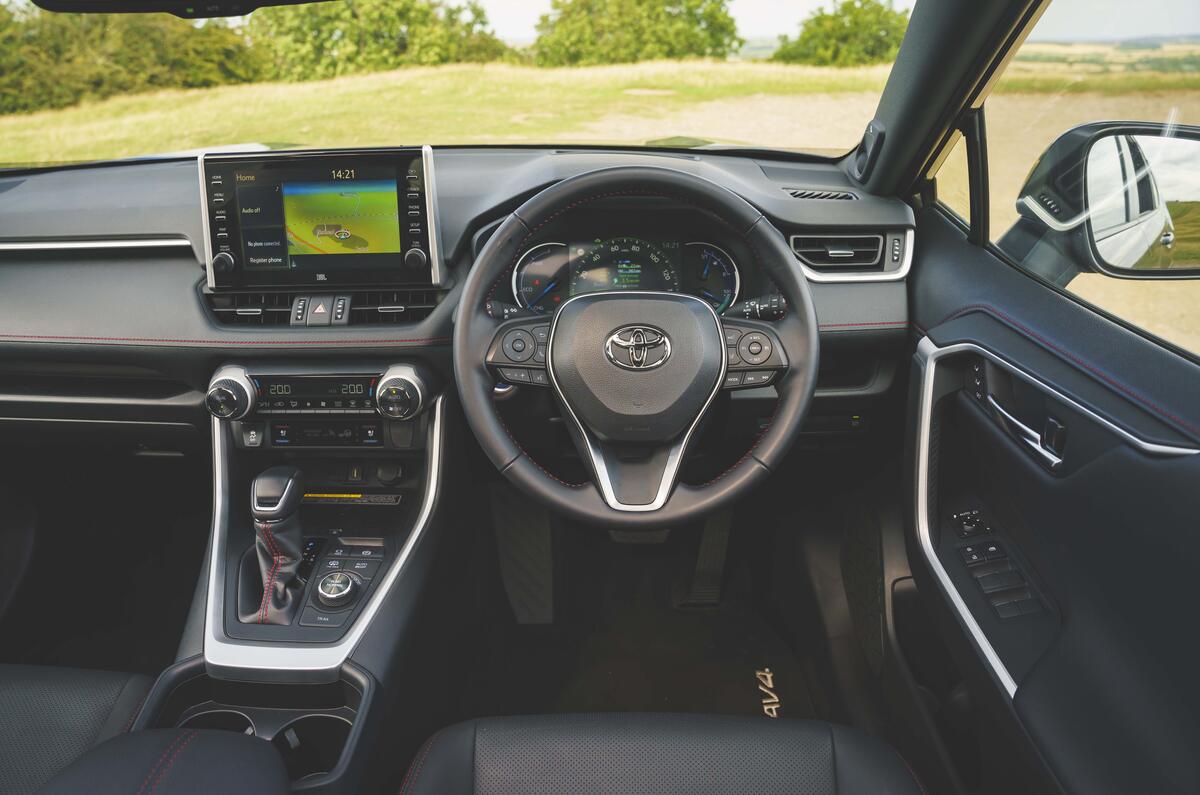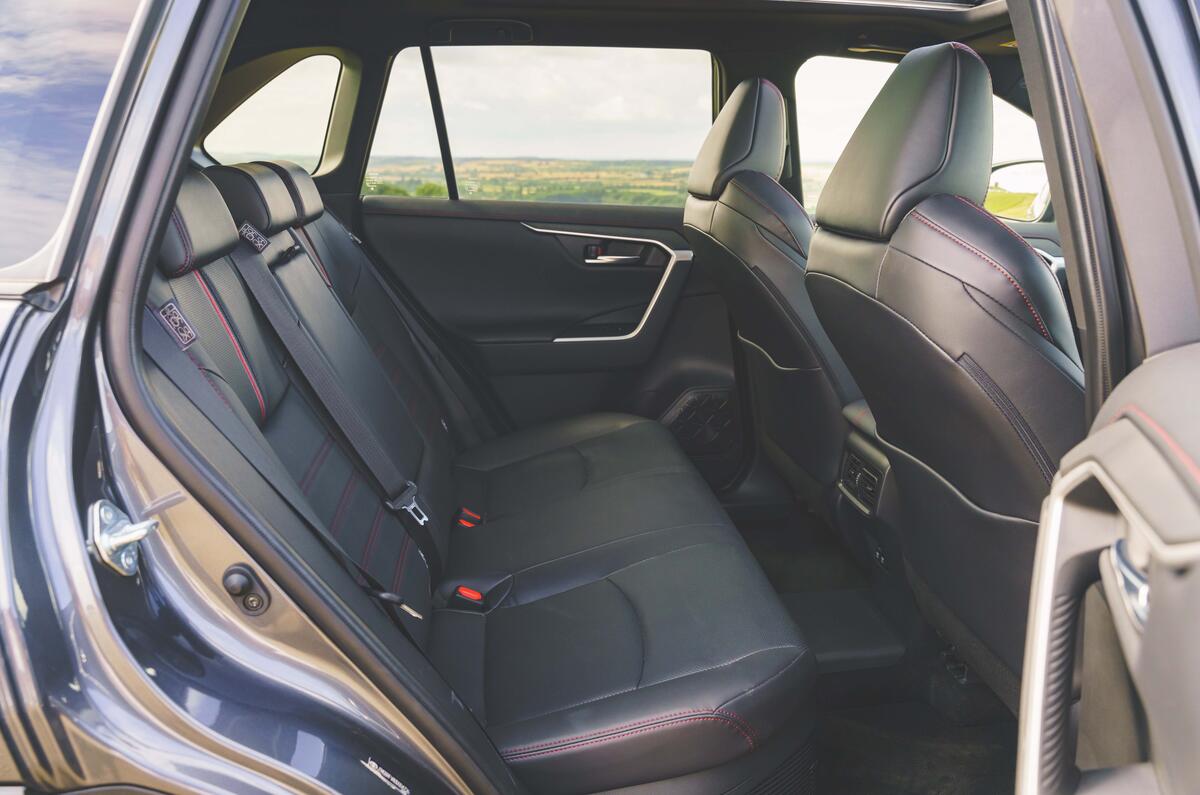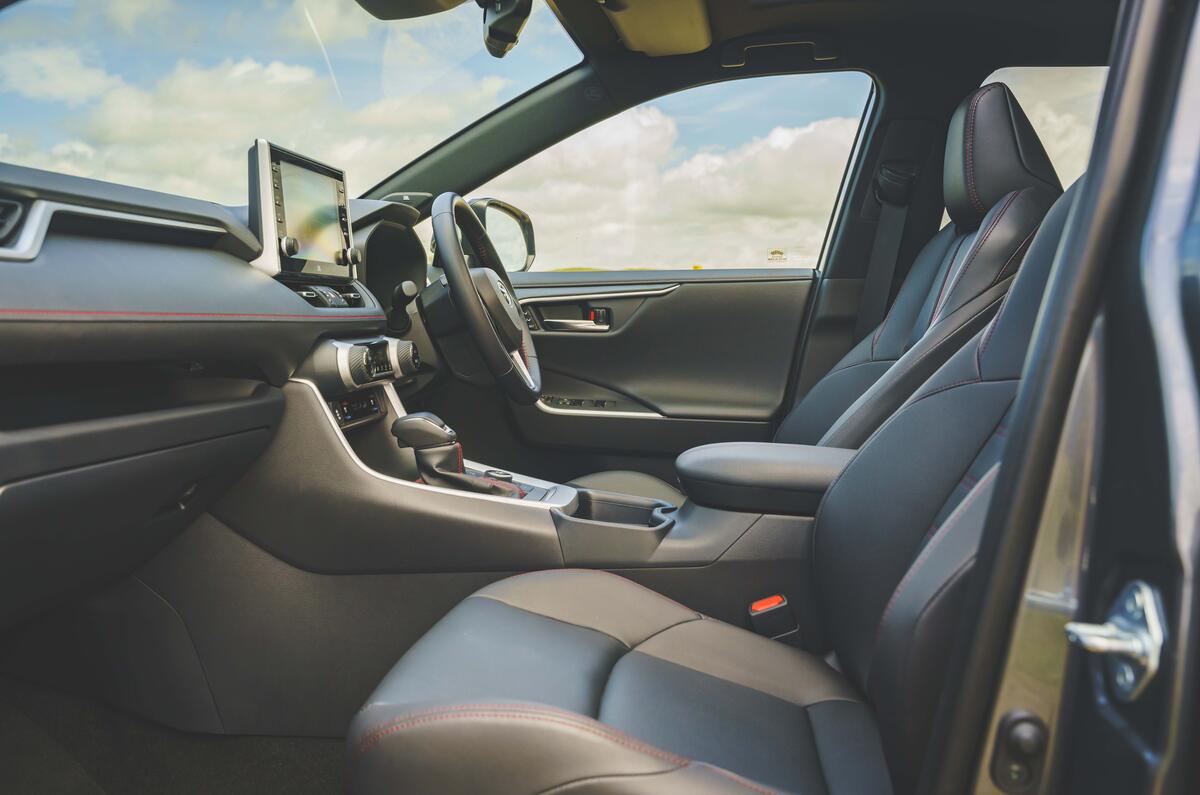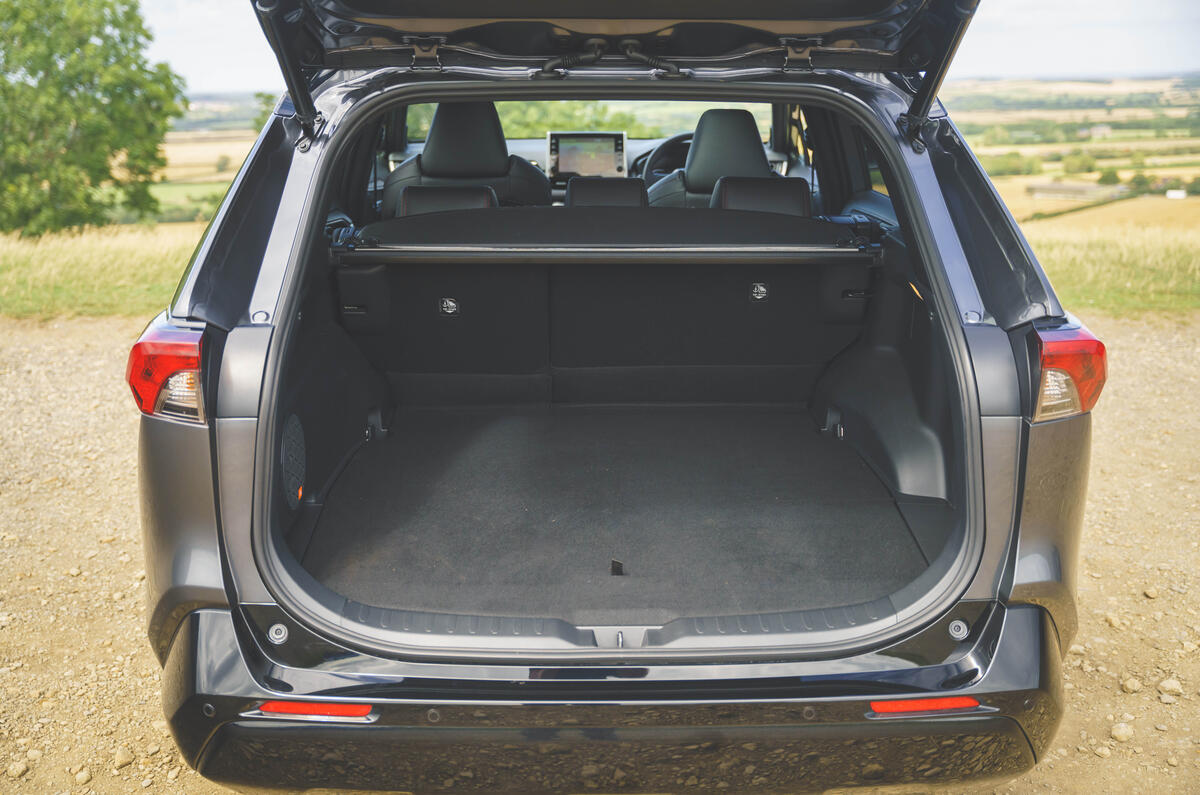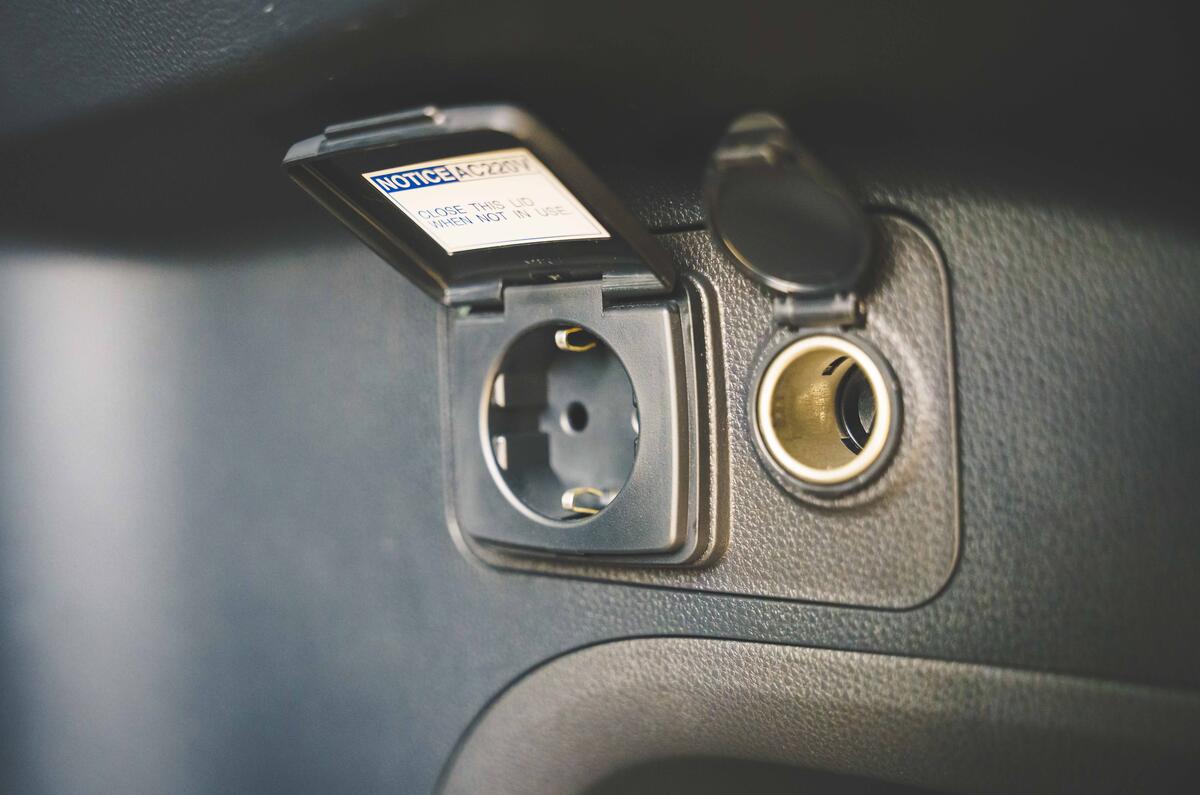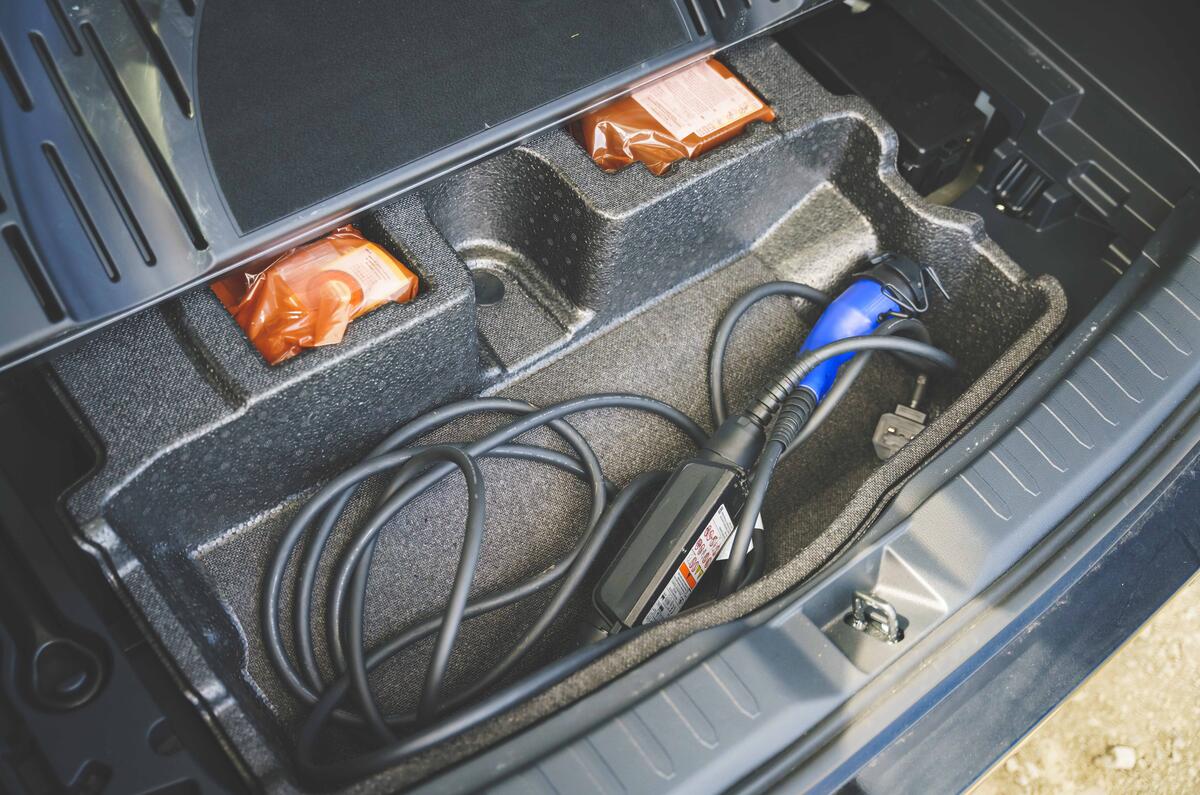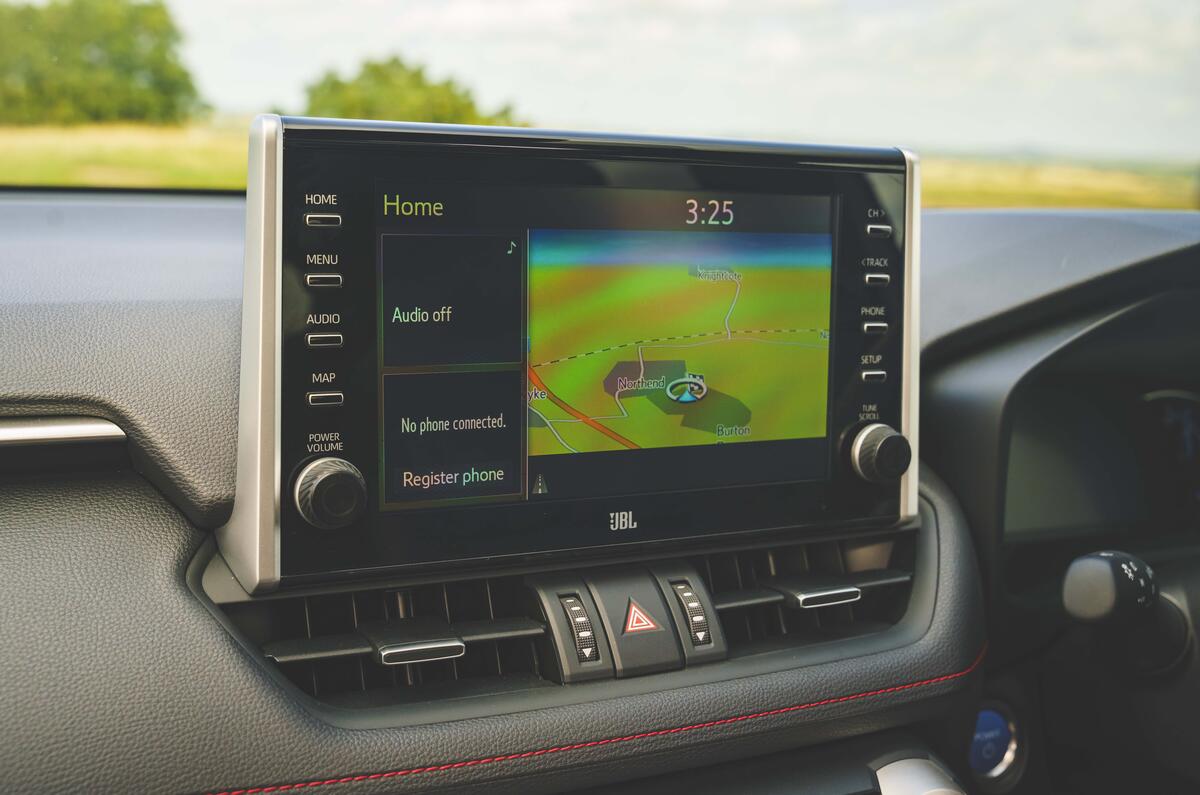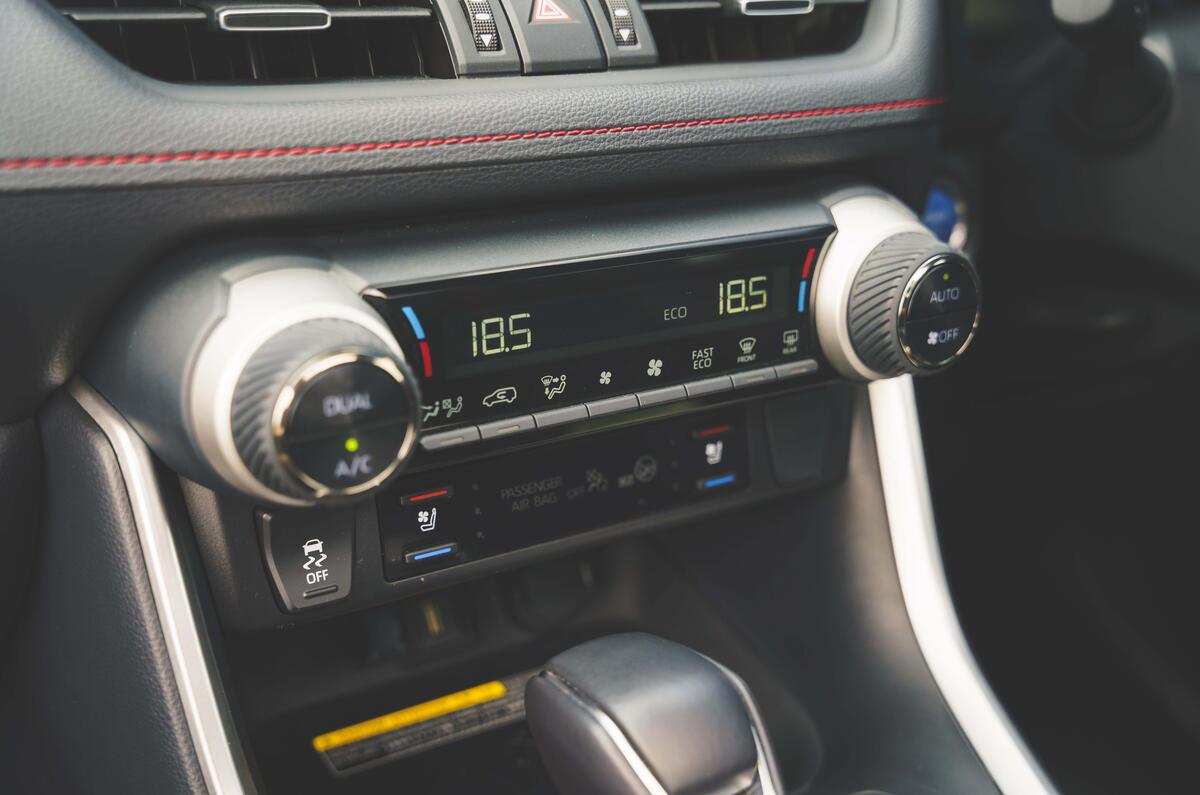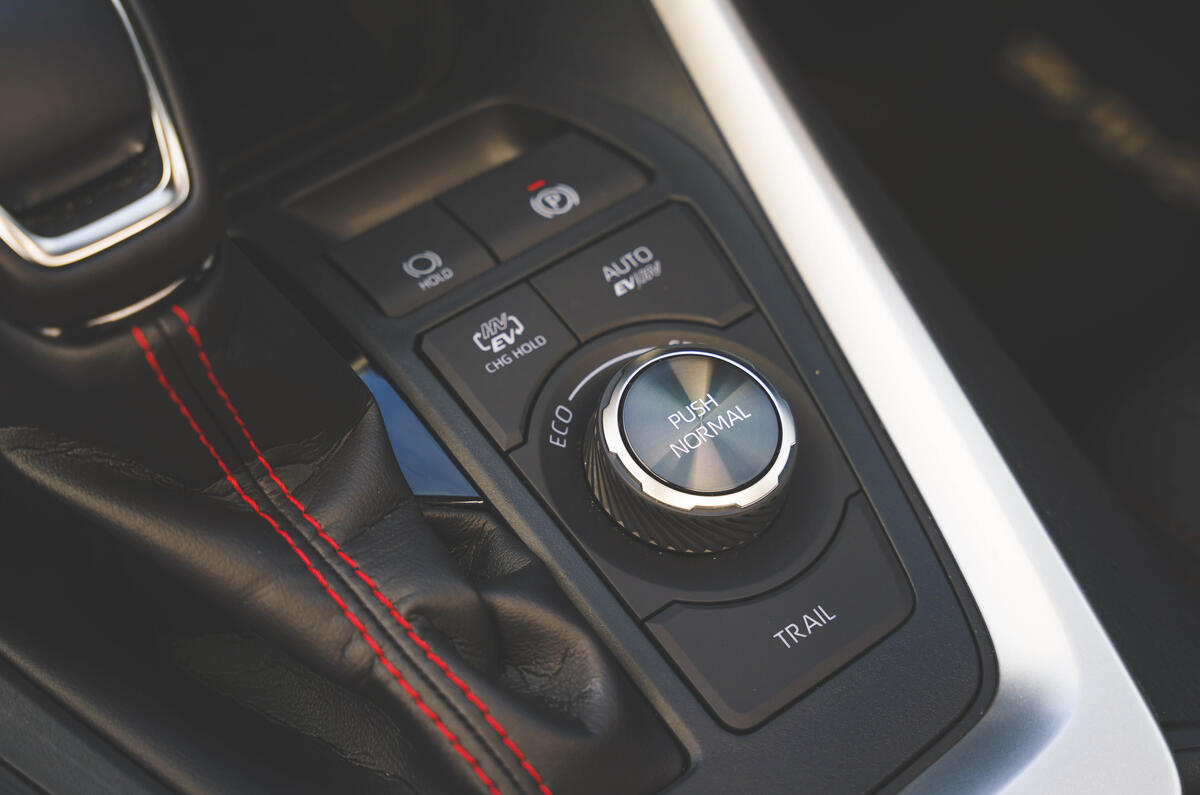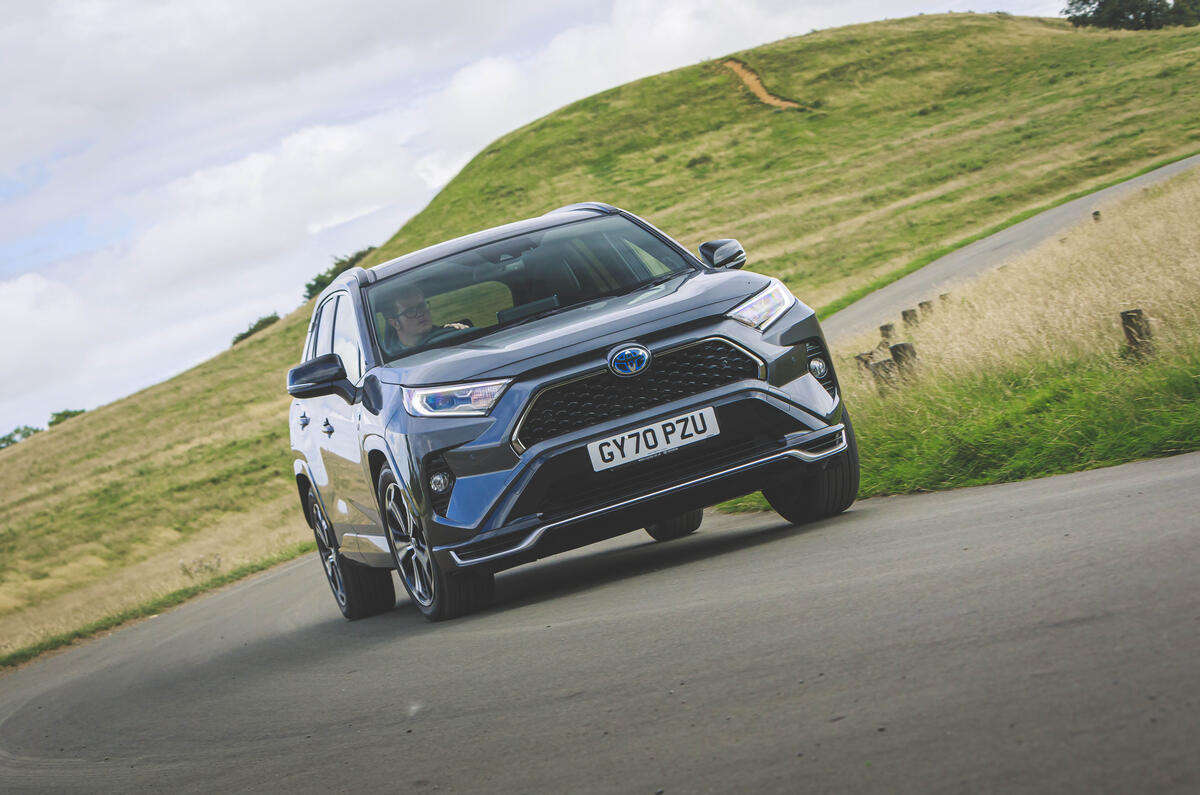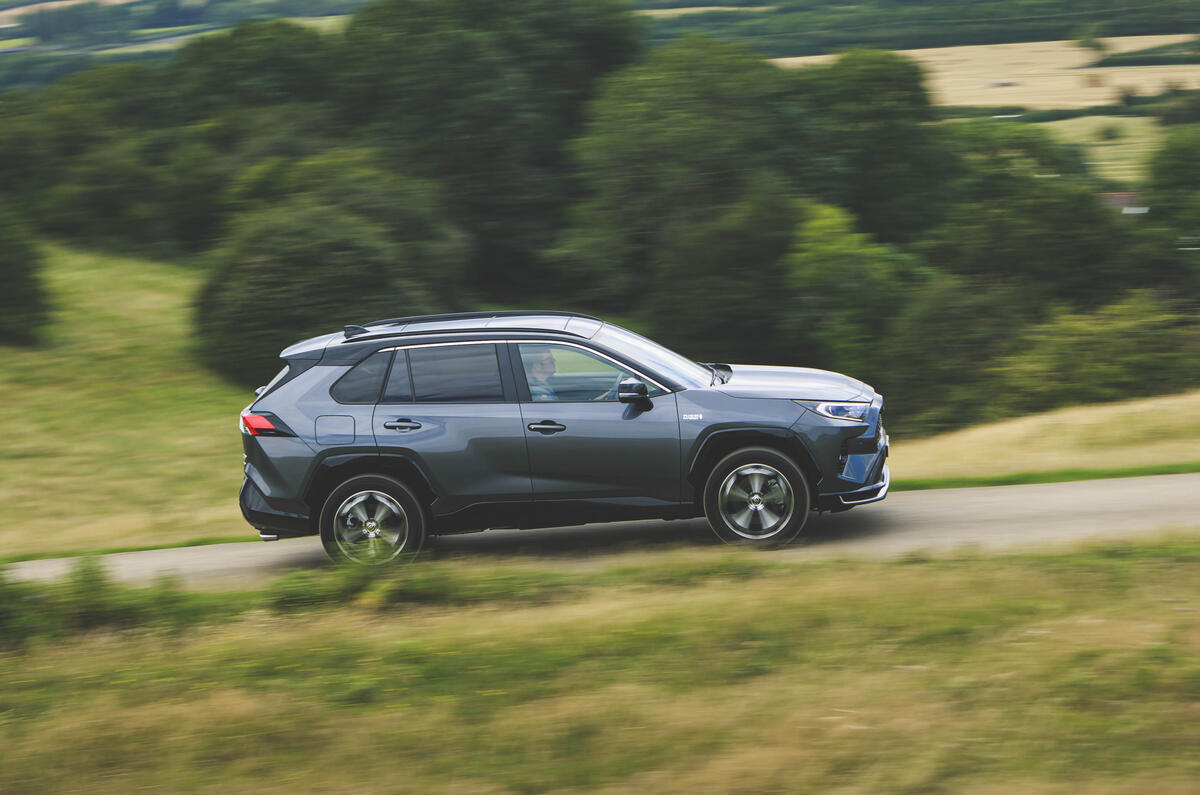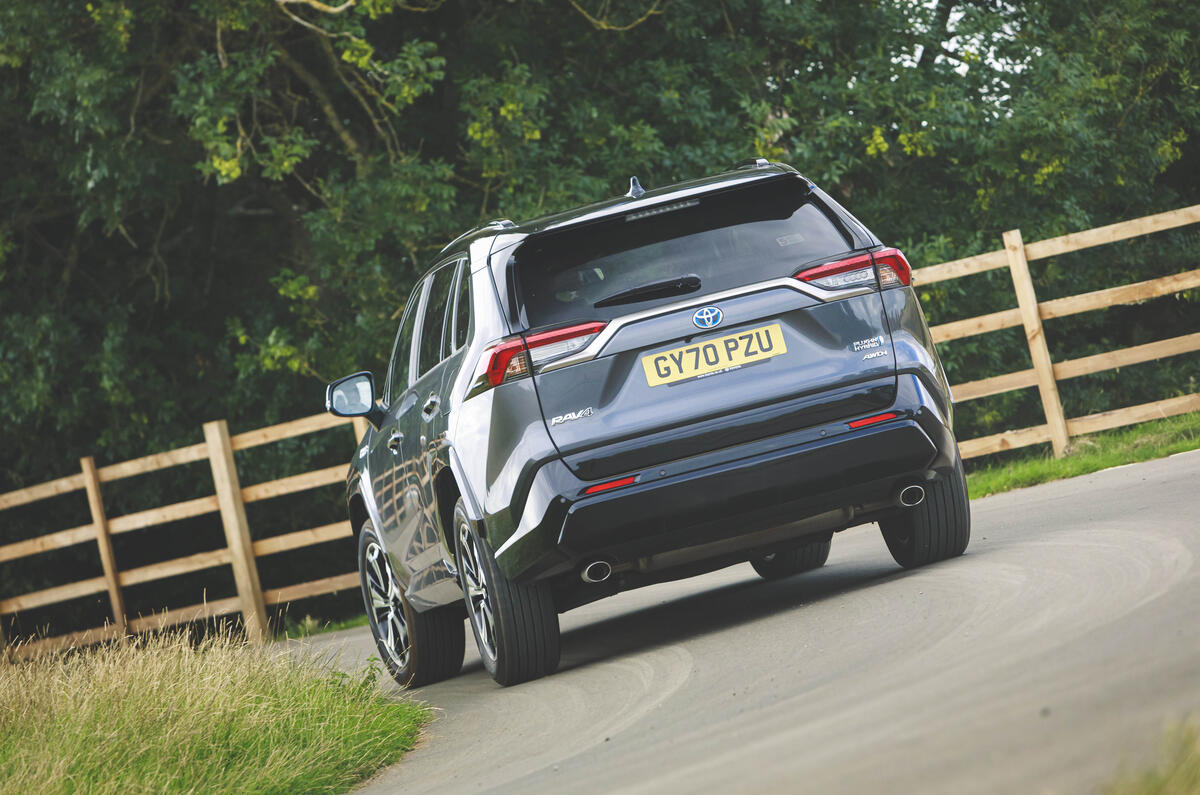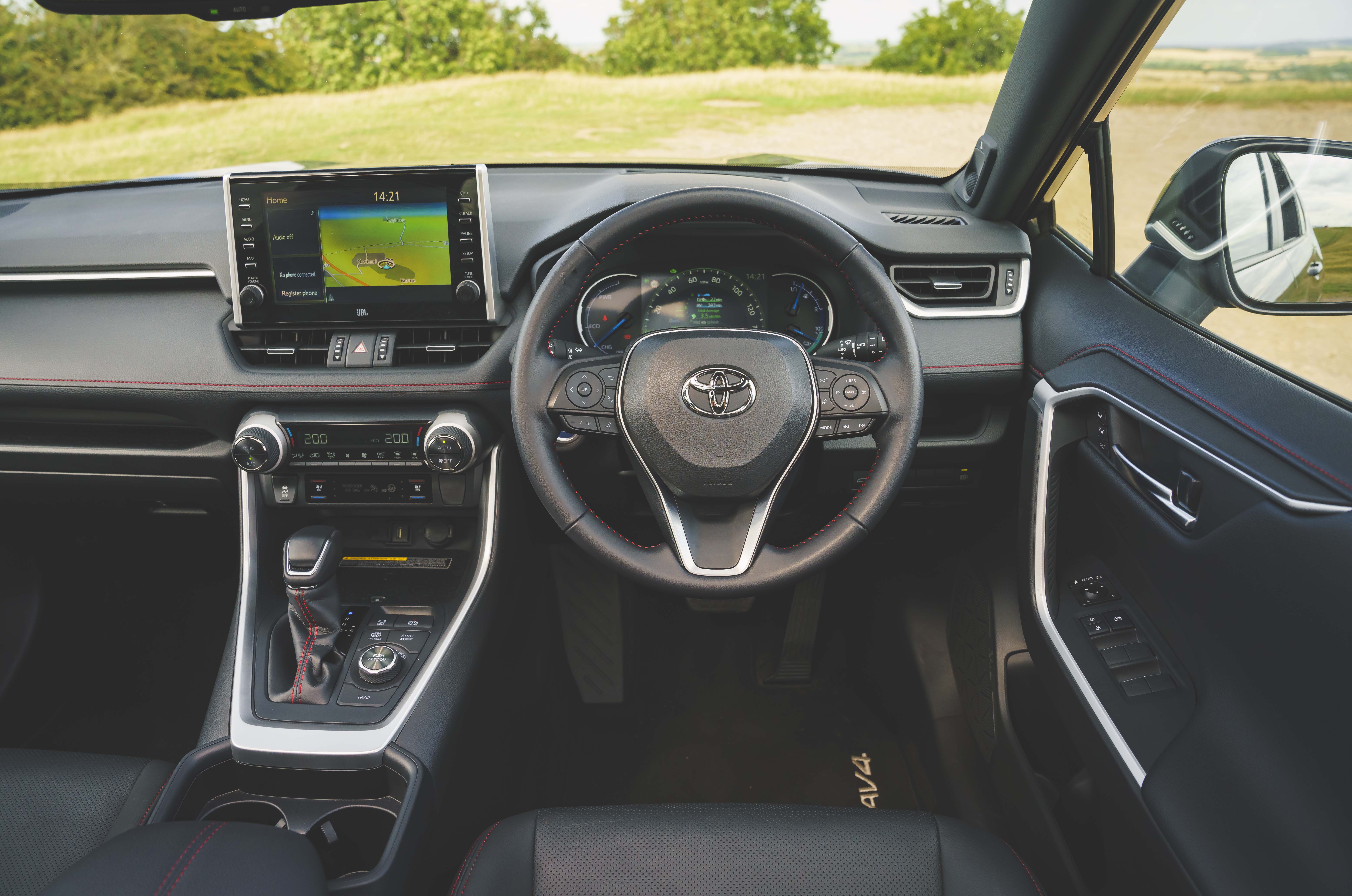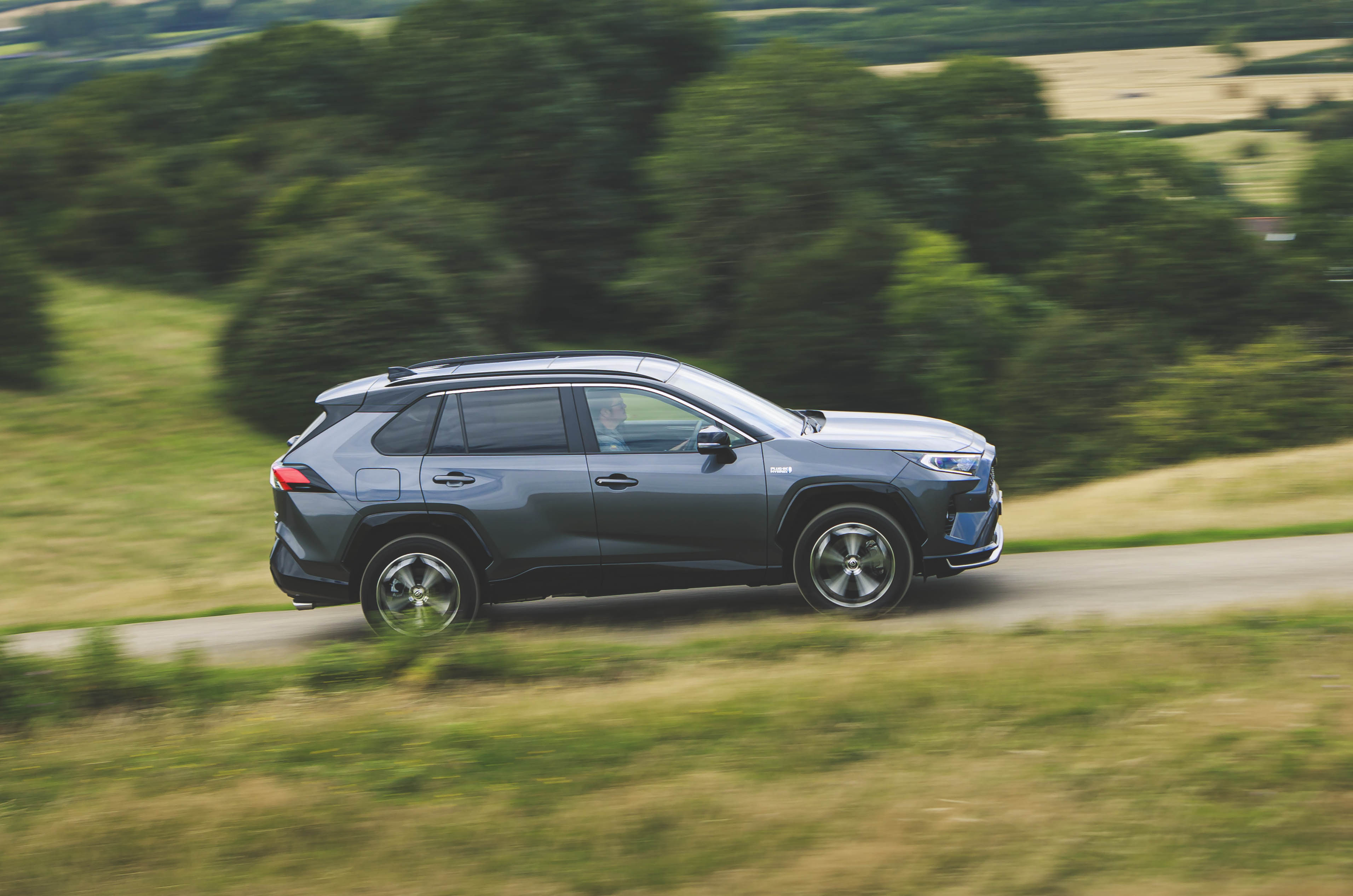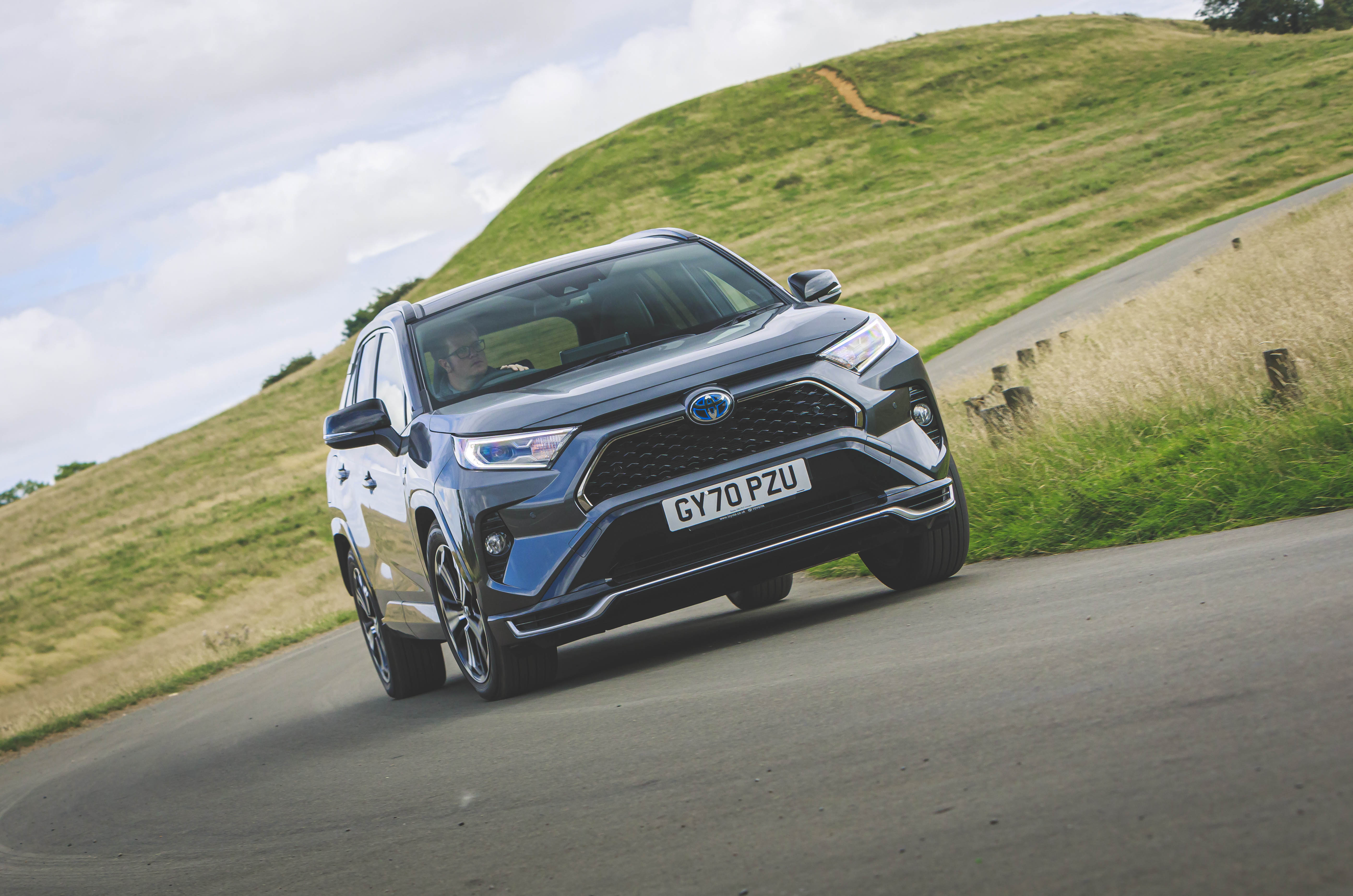With a strong reliability record, pleasing on-road dynamics and a 50-mile electric range in plug-in hybrid form, it's small wonder that the fifth-generation Toyota RAV4 is one of the bestselling cars of the last few years.
More than a million examples were sold worldwide in 2024 alone. And plenty have made their way to Britain over the past seven years, so the classifieds are now littered with Mk5 RAV4s of varying ages, conditions and mileages, some costing as little as £13,000.
The cheapest examples are leggy and often wearing plenty of knocks and bruises, so we would aim to pay closer to £18,000 for a clean car with around 65,000 miles on the clock.
Several trims are available: Icon, Design, Excel and Dynamic, plus the PHEV also comes in Dynamic Premium and GR Sport. Sounds confusing, but it's all fairly simple once you know the options list.
Icon is decent value (reversing camera, 8.0in touchscreen, phone mirroring), but Design trim, with its larger alloys, built-in sat-nav and electric tailgate, is the smarter buy. We saw a tidy, 56,000-mile example with a full Toyota service history for £18,990- good value, especially when Icon models aren't a lot cheaper. Excel, with its leather seats, and Dynamic, with its dual-tone paint, add a dash of luxury, but be prepared to pay more than £20,000 for a well-maintained car.






